Also known as the Radiant Dunes or just Shamsi, this is a harsh and unforgiving landscape. Dangerous sunlight showers these arid dunes and vacuous regs, leaving it one of the most punishing landscapes to traverse in Emynea. Only those with solar magic are able to perceive its most dangerous feature: ionizing radiation. Invisible pockets of intense radiation are interspersed throughout the desert especially in its deepest reaches, a silent killer most Emyneans refer to as radiant poisoning. Even at night the sunlight persists, miniature suns set between dunes or even beneath the sand, giving off an ethereal glow after sunset.
Only those with elemental protection or the right gear can hope to survive the pervasive influence from Rithaldis. Many nomadic clans of Imaziɣen and Toubou have evaded the Kingdom of Accia's influence thanks to these dangers, native to Shamsi and laden with solar magic. Most if not all inhabitants of Shamsi have some kind of solar magic but they have also had to adapt to the intensely arid and seemingly barren sands. Yet Shamsi holds many surprises. Creatures one would never guess to live in a desert call Shamsi home such as the Shab'lul Snail, Agru Frog or Anji Shrimp! Unique and astonishingly hardy plants, animals and peoples cluster together anywhere there is water, the lifeblood of any desert settlement.
Alternate Names
Radiant Dunes
صحراء الشمس
Saha Shamsi
Shamsi
Competing Organizations
Geography
Shamsi covers a considerable stretch of land and to outsiders, it may seem nothing more than a bright, arid wasteland devoid of life. A sea of endless sand. The primary geographic features are sandy dunefields (erg), stone plateaus (hamadas), gravel planes (reg), dried valleys, ravines or riverbeds (wadis) and salt flats (shatt). There are also craggy or even volcanic mountain ranges throughout the desert like Emi Toubou and Idraren Draren. While infamous for its dunefields, most of Shamsi is taken up by regs and hamadas, transforming into grass and scrub closer to Kasar Wuta.
Settlements and Landmarks
Country | Major City | Landmark |
Demography
Much like the variety of beasts and plants calling the Shamsi Desert home, human cultures which have made their home in Shamsi are incredibly hardy and resourceful. The two largest populations by far are the Arabiyy and Imaziɣen, making up more than 50% of any given region. Other cultures are northern populations of peoples native to Kasar Wuta, bleeding over into the desert. Inhabitants of Shamsi are either nomadic or sedentary. Nomads include traders and merchants or pastorialists and their herds. Meanwhile, agriculturists settle into or around the widespread oases and wadis of the desert. In the deepest reaches of Shamsi, only those peoples immune to or even empowered by radiant energy can tolerate their volatile hideaways. These are fiercely independant peoples, still resisting the Kingdom of Accia while enshrouded in radiant sands.
Ethnic Groups
Elemental Influence
The Shamsi Desert is infamous for its intense sunlight, heavy with Rithaldis' influence. Overheating, dehydration, intense sunburn and radiation poisoning afflicts unprepared travellers. There are even miniature suns interspersed amid the dunes, giving off immense heat and energy, while far smaller suns lay deep beneath the sands in the burrows of Khepri Scarab Beetles. There are even those who believe portals to Rithaldis' Plane wait beneath the dunes. The radiant dunes are bright and hot even at night—there is no escaping its solar influence. These conditions do at least lessen during the night when the actual sun no longer hovers overhead. The wildlife and local cultures of Shamsi are often nocturnal or crepuscular for this reason.
Wildlife
Organisms of Shamsi have had to adapt to extreme sunlight, heat and radiation. There is also very little water, making life here difficult even to those blessed by Rithaldis. Plantlife is centered around or within oasis and wadis, tapping into hidden water with expansive roots or drawing sustanance from the infamous solar energy of this region directly. They are the foundation for the rest of Shami's ecosystem.
Beasts
Many Shamsi species are evolved so that their water intake comes mostly from their diet. In fact, availability of water rules the life of these organisms. They are in a constant battle between their own needs and the harshness of their home, evading heat, radiation and predators at every turn while seeking out the resources they need. Yet many have adapted beautifully to Shamsi, carrying solar and celestial magic and capable of
incredible feats of speed and agility. Yet most surprising are those species which only emerge amid the rainy season when this arid habitat is inundated with water, however briefly.
Plants
Plantlife mostly includes sparse and scattered concentrations of grasses, shrubs and trees, all of which fall under the influence of Aasaru the Xeric rather than her mother, Fliral. She is the Aethid of desert and tundra plants. These hardy plants thrive considerably on the powerful sunlight. Others will sprout, flower and complete their reproductive cycle in a matter of days in response to the rainy season—seeds may lay dormant for years awaiting rainfall. Most plants will sprout around oases, hamadas and wadis or along coasts and borders of other lands.
The Shamsi Desert is infamous for its intense sunlight, heavy with Rithaldis' influence. Overheating, dehydration, intense sunburn and radiation poisoning afflicts unprepared travellers. There are even miniature suns interspersed amid the dunes, giving off immense heat and energy, while far smaller suns lay deep beneath the sands in the burrows of Khepri Scarab Beetles. There are even those who believe portals to Rithaldis' Plane wait beneath the dunes. The radiant dunes are bright and hot even at night—there is no escaping its solar influence. These conditions do at least lessen during the night when the actual sun no longer hovers overhead. The wildlife and local cultures of Shamsi are often nocturnal or crepuscular for this reason.
Wildlife
Organisms of Shamsi have had to adapt to extreme sunlight, heat and radiation. There is also very little water, making life here difficult even to those blessed by Rithaldis. Plantlife is centered around or within oasis and wadis, tapping into hidden water with expansive roots or drawing sustanance from the infamous solar energy of this region directly. They are the foundation for the rest of Shami's ecosystem.
Beasts
Many Shamsi species are evolved so that their water intake comes mostly from their diet. In fact, availability of water rules the life of these organisms. They are in a constant battle between their own needs and the harshness of their home, evading heat, radiation and predators at every turn while seeking out the resources they need. Yet many have adapted beautifully to Shamsi, carrying solar and celestial magic and capable of
incredible feats of speed and agility. Yet most surprising are those species which only emerge amid the rainy season when this arid habitat is inundated with water, however briefly.
Plants
Plantlife mostly includes sparse and scattered concentrations of grasses, shrubs and trees, all of which fall under the influence of Aasaru the Xeric rather than her mother, Fliral. She is the Aethid of desert and tundra plants. These hardy plants thrive considerably on the powerful sunlight. Others will sprout, flower and complete their reproductive cycle in a matter of days in response to the rainy season—seeds may lay dormant for years awaiting rainfall. Most plants will sprout around oases, hamadas and wadis or along coasts and borders of other lands.

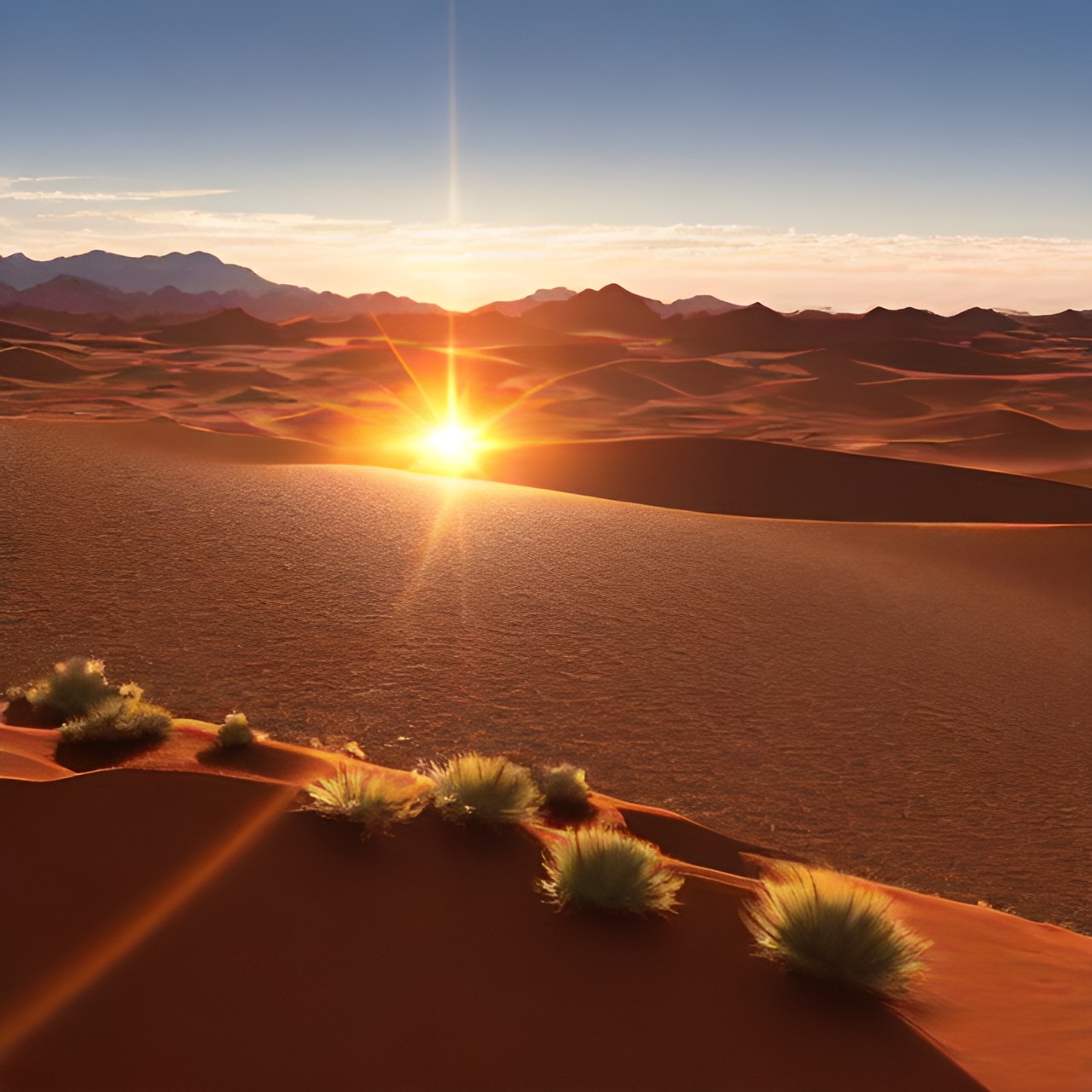
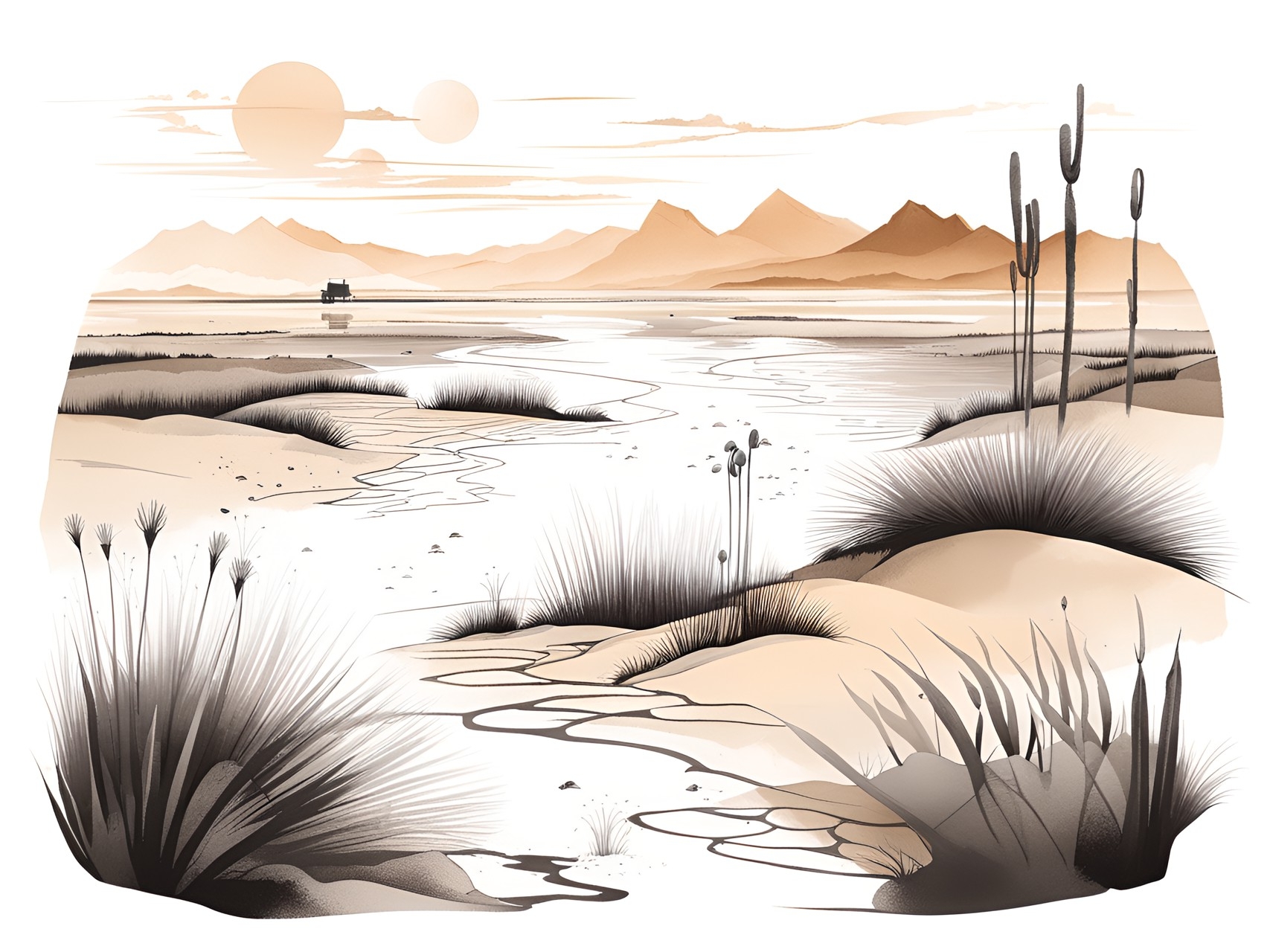
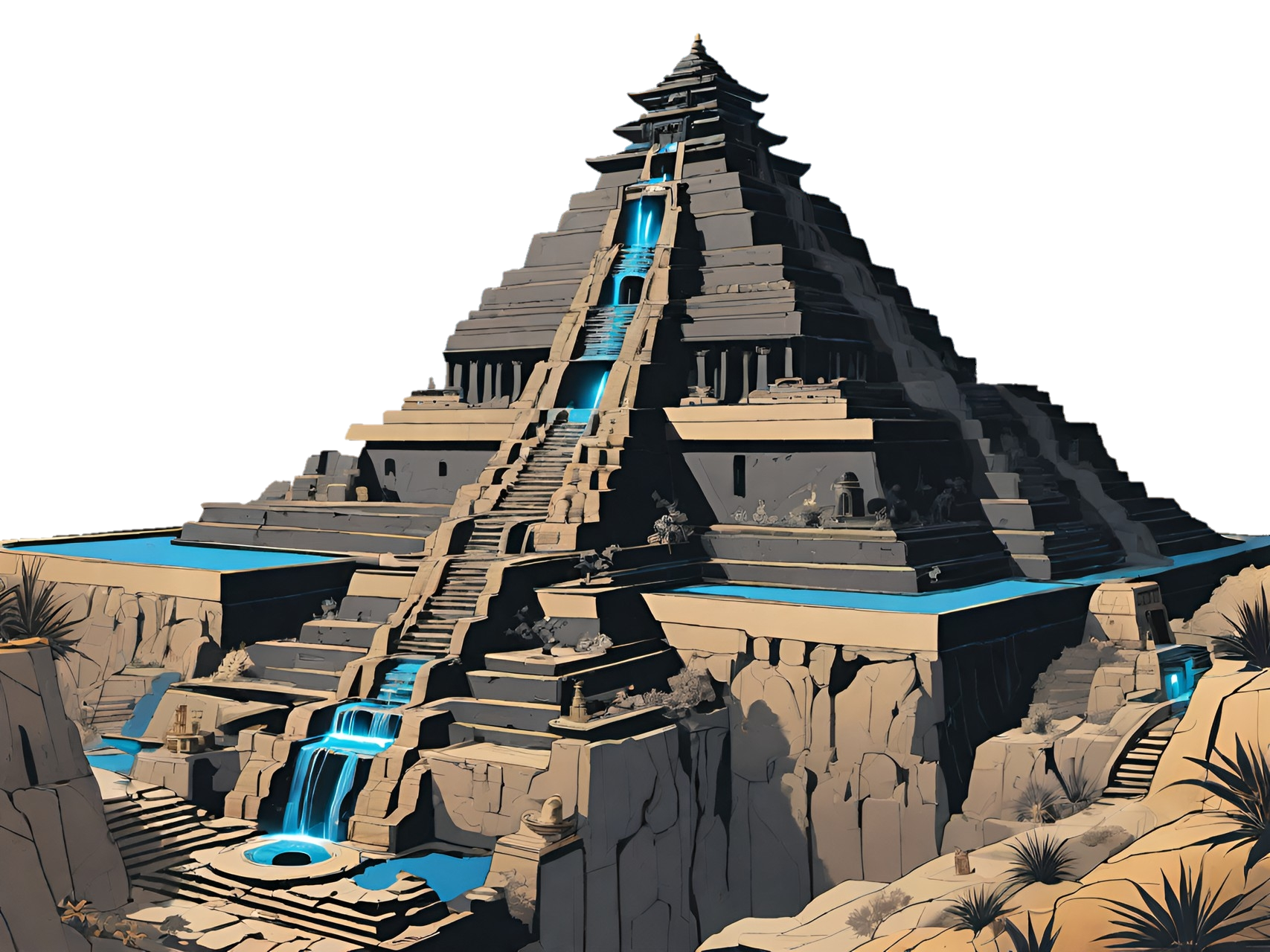
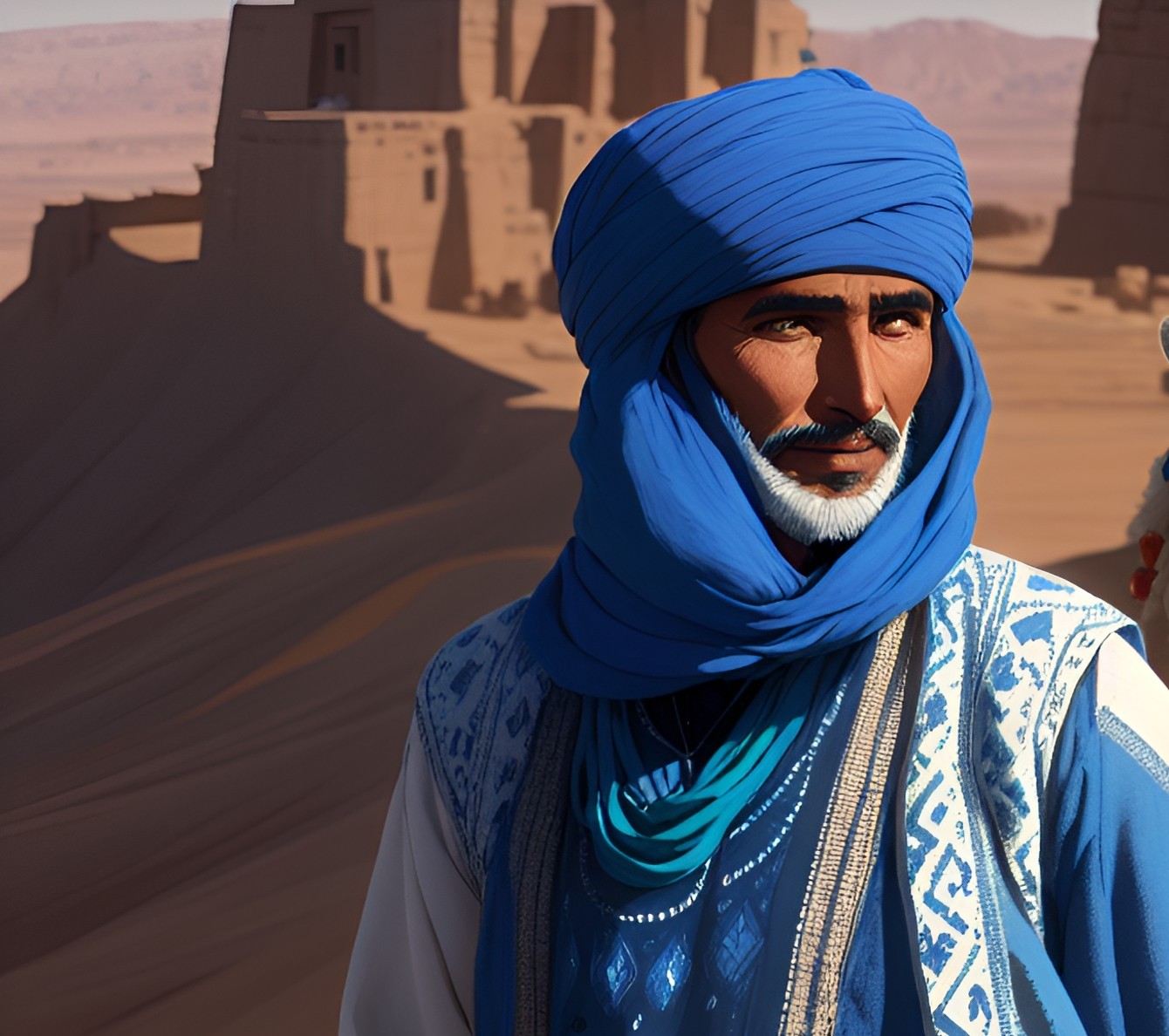
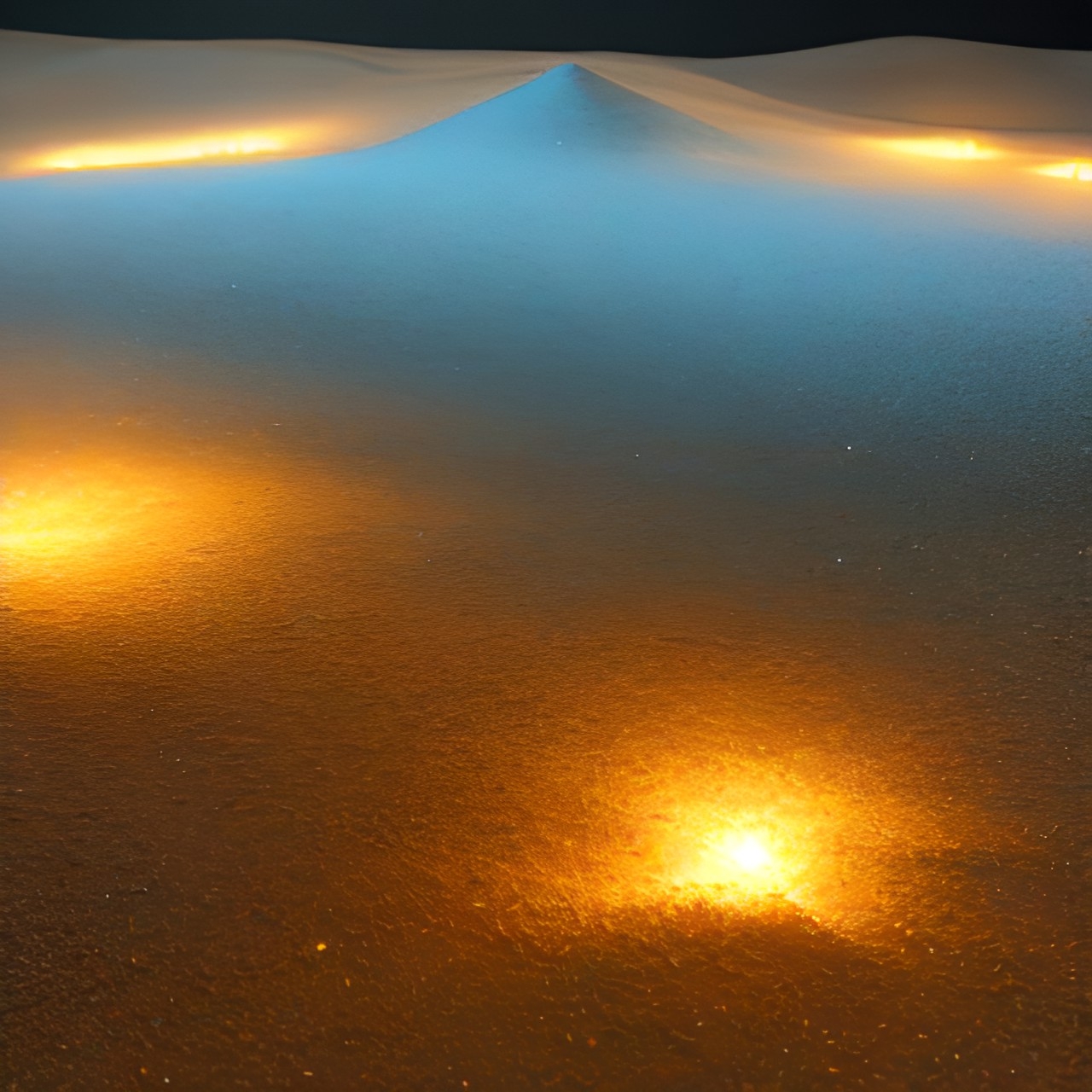
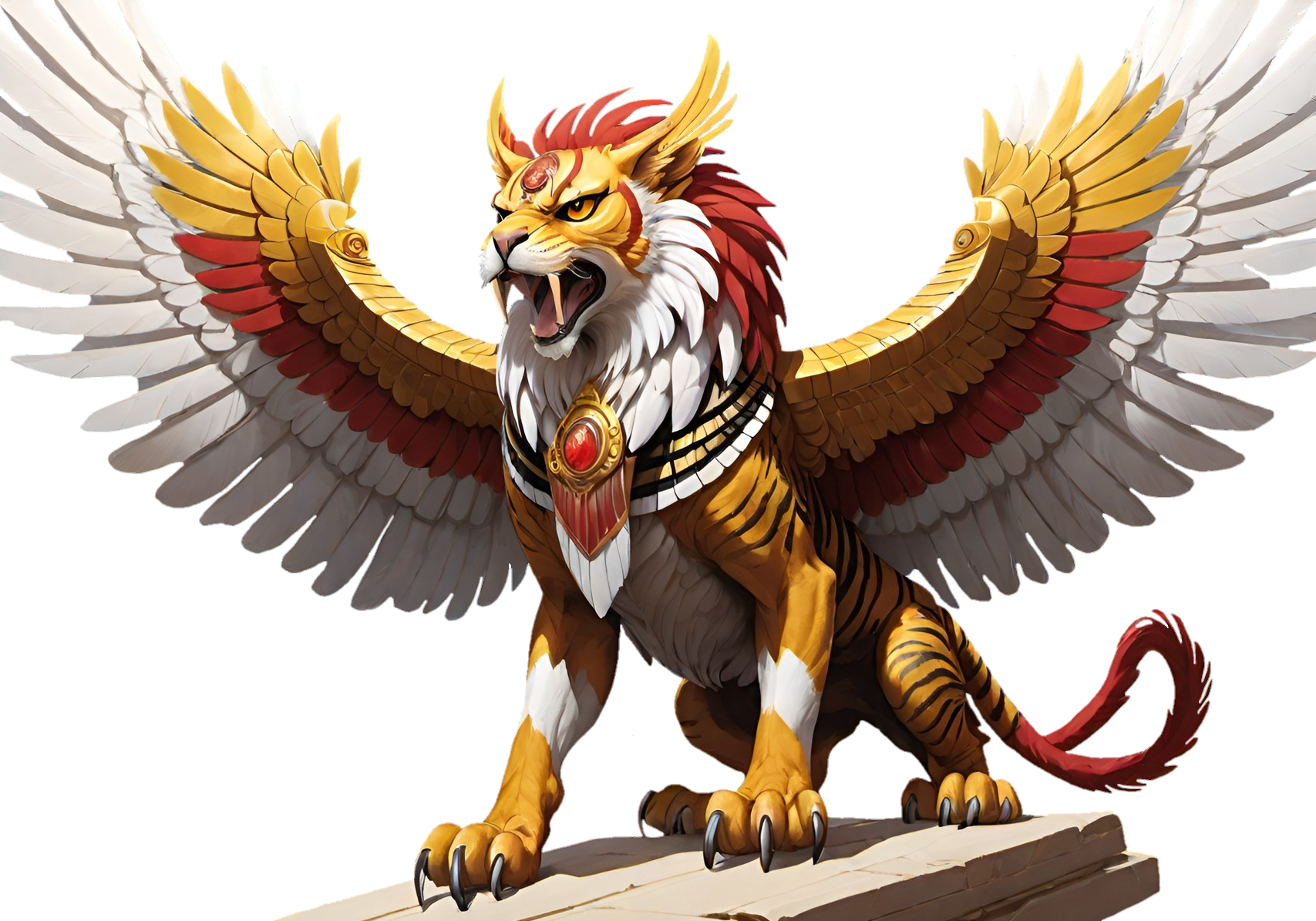
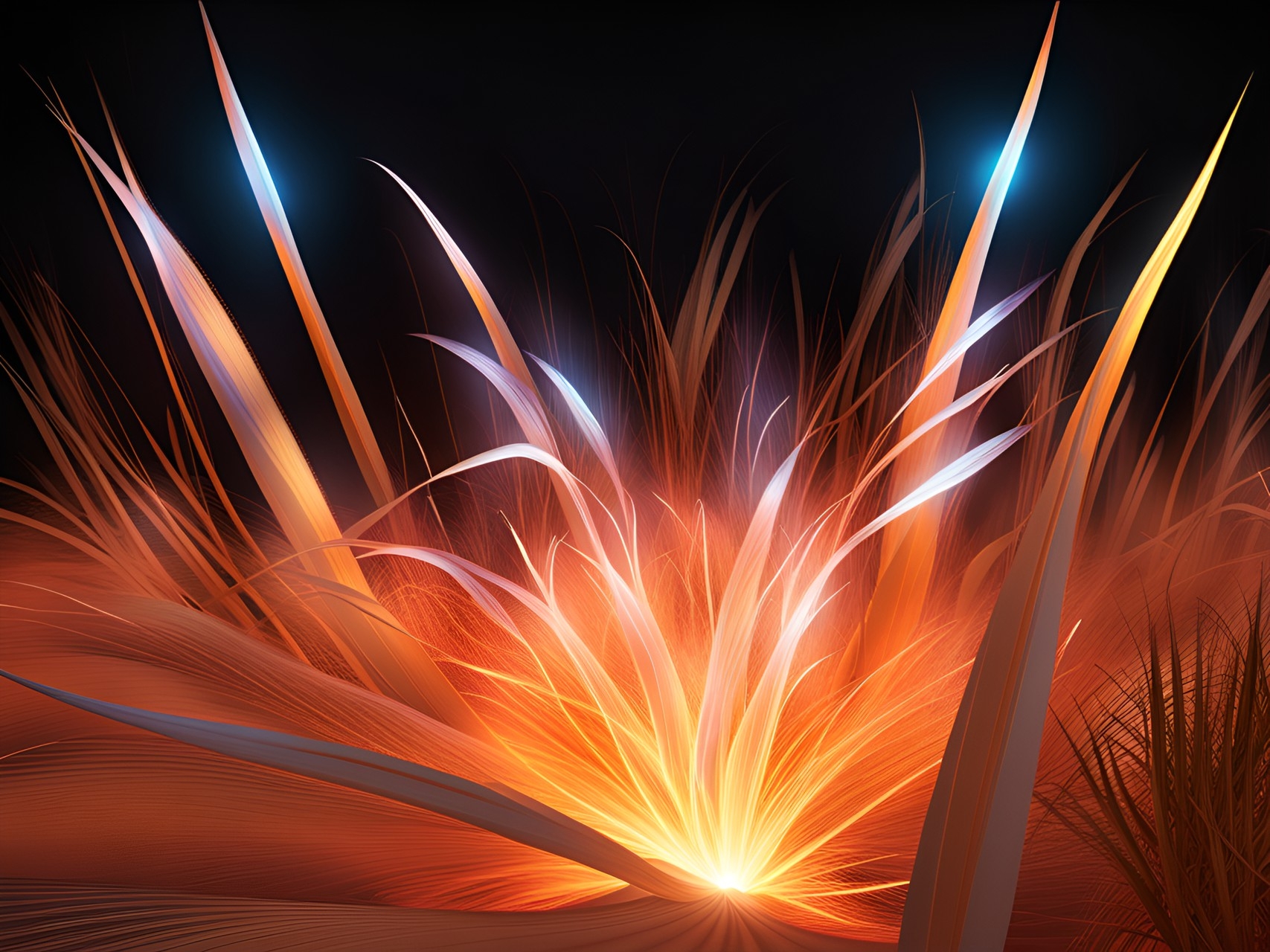


Comments